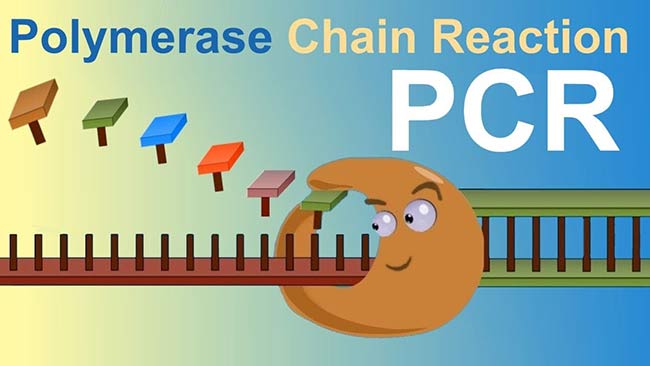What Is Polymerase Chain Reaction?

PCR or Polymerase Chain Reaction is a technique used in molecular biology to amplify solo or limited copies of a piece of DNA billions of times. PCR can be used to detect the presence of specific sequences within DNA samples, and it can also be used to make multiple copies of useful DNA sequences for further study, including gene cloning.
How Does PCR Work?
PCR uses two DNA strands as its template, an analyzed strand and a “primer” strand, which combines with the template to create a new strand. The primer sequence is unique for each DNA strand. When combined with the template strand, it acts as the starting point for the replication process. The primer attaches itself to the end of the template and starts copying it. You can create copies of the original piece of DNA by using an enzyme called Polymerase to attach nucleotides, one at a time, to the primer.
A key factor in how many copies will be created is how long the primer is compared to our original piece of DNA. The smaller the difference between the length of the original piece and that of the primer, the more efficiently this process can occur, meaning more copies can be made at once, and thus faster results will be achieved.
Factors that Researchers Consider When Designing PCR Primers
1. Microbial Diversity
Microbial diversity refers to the composition of microorganisms present in the environment and body of an individual. This factor is considered because the target gene sequence may be present in only a few species or a single species of microorganisms but not in others. For instance, if a researcher is looking for a gene identified in one strain of bacteria but cannot find it in other strains of bacteria, they have no option but to design PCR primers based on that strain of bacteria while ignoring other strains.
2. Amplification Efficiency
Amplification efficiency is the ability of an oligonucleotide primer set to bind specifically with the target DNA or RNA sequence and amplify it during PCR without binding with any other nucleic acid molecule. This is determined by comparing melting temperature (Tm) values of different oligonucle.
3. Desired product size
Though researchers develop PCR primers for various purposes, there are certain aspects of DNA that all primers are designed to target. The target is typically a specific gene or bit of genetic material. When selecting a PCR primer, researchers consider several factors, including the size of the desired product, the availability of raw material, and how many copies they want to produce.
To begin with, researchers must decide what product length they wish to create. They can choose between a primer that will produce products from 50-500 bp in length or one that will produce 1000 bp or greater size. The longer a DNA product is, the more times it will be amplified by the PCR process.
Key Takeaway
PCR primers are short DNA strands designed to specifically bind to a certain sequence of DNA in a target genome. The primer binds to the target DNA, and a special enzyme called a polymerase creates new DNA by repeatedly copying the target sequence. When you amplify your whole genome, you’re basically using millions of these primers to synthesize millions of copies of your genome’s DNA.
